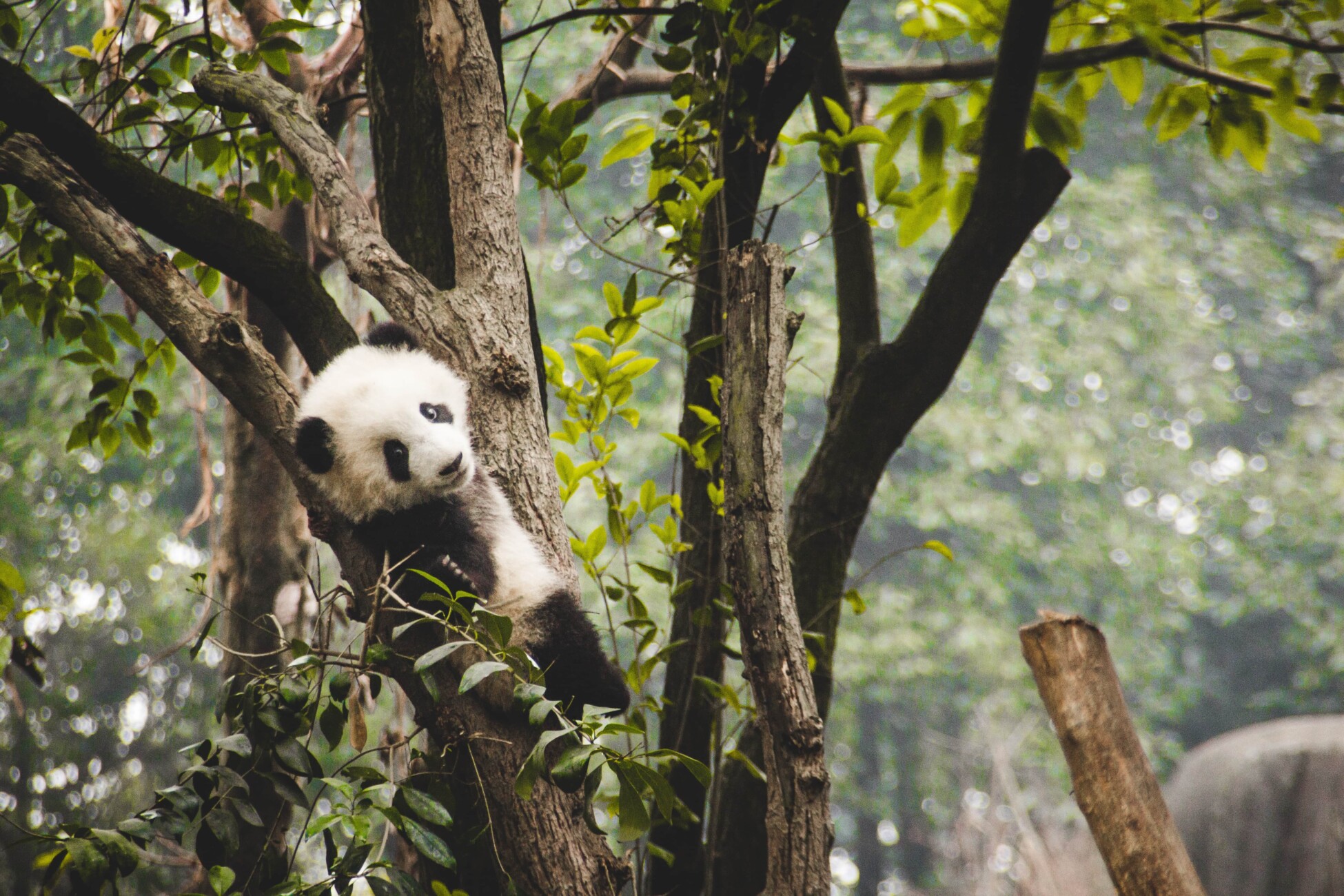
Zoology
Zoology is the scientific study of animals, encompassing topics related to the biology, behaviour, structure, evolution, classification, and distribution of animals.
Zoology is the scientific study of animals, encompassing topics related to the biology,... View more
Amazon Rainforest Degrading Towards Point of No Return, Study Says
-
Amazon Rainforest Degrading Towards Point of No Return, Study Says

A recent study warns of a “critical slowing down” of the Amazon rainforest, as data shows that more than a third of this important ecosystem is having difficulty recovering from drought.
Signs Of Slowing Down
As they approach an ecological threshold for a different ecosystem state, dynamic ecosystems like the Amazon forest are predicted to exhibit critical slowing-down behavior or delayed recovery from recurrent tiny perturbations.
Although there is growing evidence that droughts have detrimental consequences on the health and functioning of forests in the Amazon, it is still unclear how important a role they play in the essential slowing down processes.
It comes after four purportedly “once-in-a-century” dry spells in less than 20 years, emphasizing the extraordinary demands that an altered climate caused by humans is placing on trees and other plants, many of which are withering away from thirst.
The latest study looks at satellite photos of vegetation activity from 2001 to 2019. Tens of thousands of pixels, each encompassing an area of 25 square kilometers (9.65 square miles), were analyzed monthly and connected with rainfall data from the area.
The purpose of the study was to determine “whether drought duration, intensity, or frequency contributes to the stability loss of Amazon vegetation.”
They discovered that 37% of the area’s mature vegetation showed signs of slowing down. The extensively deforested and degraded south-eastern Amazon was shown to be most susceptible to a “tipping event,” or the catastrophic collapse of the tropical rainforest into a new, drier state, despite the fact that the patterns differed from place to area.
According to their research, drought intensity was more important than drought frequency, but the most unstable combination of the two was identified.
According to Johanna Van Passel, the lead author of the study, the situation beneath the canopy may be worse than what the satellite photographs revealed.
“If we are already seeing a tipping point getting closer at this macro-forest level, then it must be getting worse at a micro-level,” she added.
Read Also: The Amazon Rainforest Is Being Destroyed at the Fastest Rate Ever
Major Ecosystem Collapse
There are 15,000 different types of trees in the Amazon rainforest, and they absorb carbon dioxide from the atmosphere. However, the climate turmoil brought on by human burning of coal, gas, oil, and trees is weakening this capacity as well as the resilience of the forest as a whole.
According to the report, the forest’s declining pace of recovery could be an “early indicator” of a major ecosystem collapse.
The Amazon, which typically contains the largest freshwater body on Earth, endured a catastrophic drought last year that caused its once-mighty rivers to drop to record lows, exacerbated forest fires, and resulted in the mass extinction of over 100 river dolphins.
This was an extension of a larger pattern. The study also said the Amazon’s areas with the least amount of rainfall during the early 2000s saw the worst decrease in stability.
Two factors make trees more prone to die during severe, extremely hot droughts: carbon starvation, which happens when trees are forced to close their stomata and eventually choke from a lack of photosynthesis, and hydraulic failure, which happens when the plant’s xylem vessels rupture and lose their ability to pump water.
Because many tree species have not adapted to withstand harsh environments, shorter and more intense rainy seasons are making it harder for the forest to recover from droughts.
Future droughts over the Amazon will become more intense and frequent due to global warming, exacerbating these trends.
According to the study cautioned this “may potentially push more Amazonian regions closer to a tipping point and cause changes in forest structure and functioning by increasing forest mortality.” Particularly vulnerable areas are those that have already been impacted by fires and human tree cutting.
Related Article: Amazon Rainforest Could Hit Tipping Point By 2050 Due To Climate Disruption, Experts Urged Immediate Action To Restore Degraded Areas
© 2024 NatureWorldNews.com All rights reserved. Do not reproduce without permission.
Sorry, there were no replies found.
Log in to reply.
